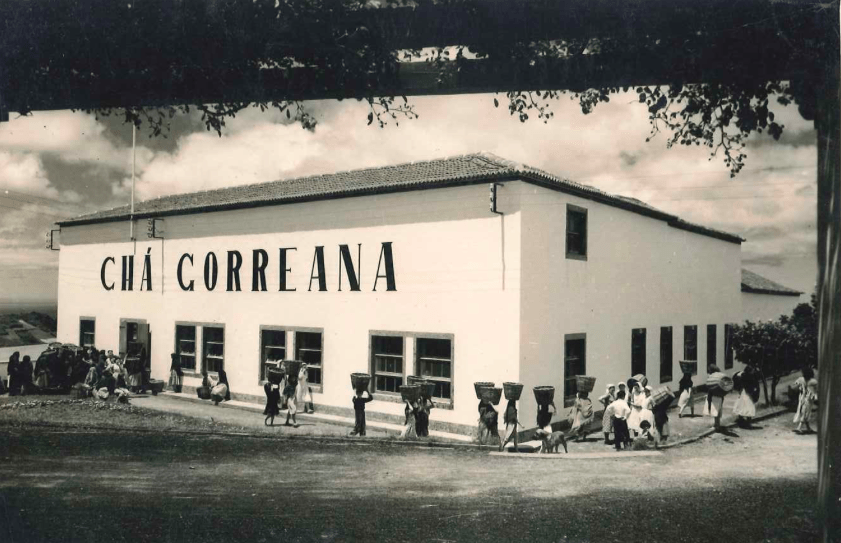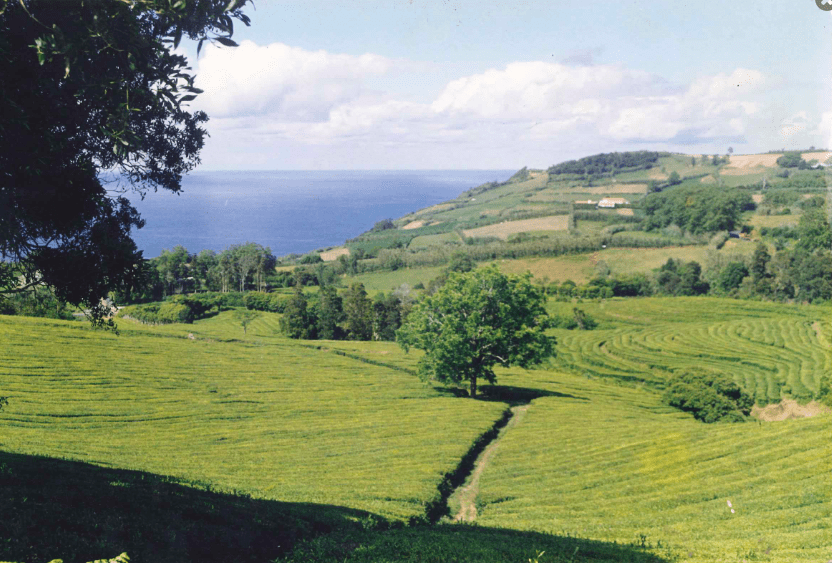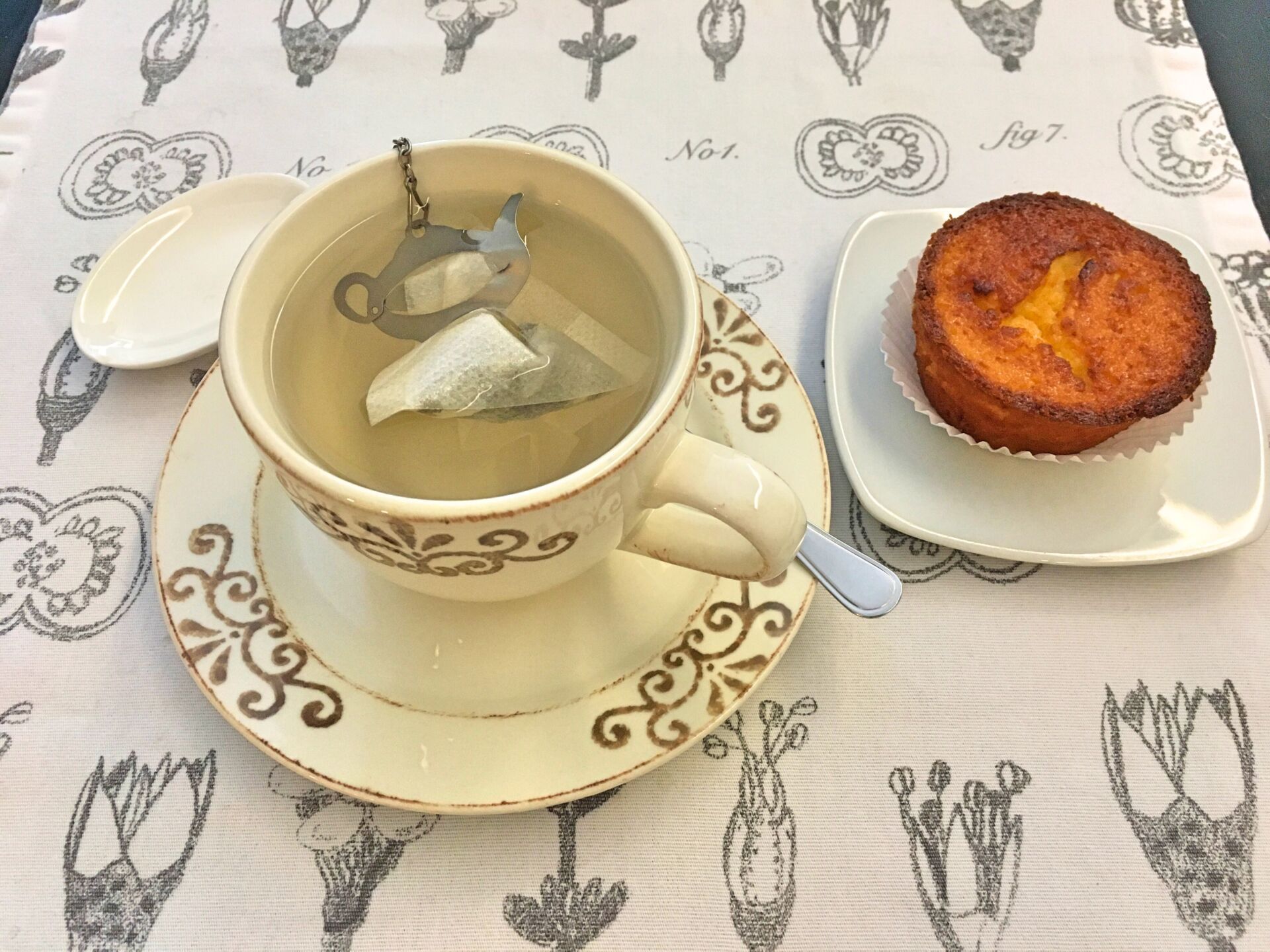As winter approaches and the weather gets colder – except in Portugal, where the Indian summer this year seems to last indefinitely – I rediscover my tea habit (read: addiction). You may be wondering why I’m writing about tea on a blog about Portugal and thinking “What on Earth does Portugal have to do with tea?” Keep reading.
Because I’m a big history geek, I’ll start off with a quick history lesson. Catherine of Braganza (Catarina de Bragança) married King Charles II of England in 1662. Initially unpopular due to her Catholicism, in time, she won over the court and the public with her kind and virtuous nature. Historically, she’s been credited with introducing tea (chá in Portuguese) to England. Recently, however, some have disputed this and stated that tea was already sold in England before her arrival, and that Catherine merely popularized its consumption. Whatever the case, the institution of the “5 O’Clock Tea” we know today is indisputably attributed to her. Tea was consumed in Portugal by the aristocracy, which Portuguese merchants brought back from Japan and China, and Catherine took the custom with her to the English court*. You’re welcome, Britain.

So what has Portugal done for tea since the 17th century? Portugal has in fact the oldest (and one of extremely few) tea plantations in Europe. The mainland European climate isn’t ideal for tea plants, but the Azorean climate is very different. The Gorreana Tea company began in 1883 and still operates out of São Miguel island to this day, by the descendants of the original owners. But what makes the tea so special? Aside from the clean, unpolluted air of the islands, they don’t use pesticides, herbicides, preservatives or other nasty things, so it’s 100% biological. Who wants to drink a nice, warm cup of fungicide? Not me, thank you! Another thing I love about Gorreana tea is that they grow both green and black tea – I believe there’s a time and a place for each one, and these people seem to really get that about me.

If you’re thinking of traveling to the Azores, you can actually visit the estate where the tea is produced and buy some right there! If you’re thinking of traveling to the Azores in the future, but you need this tea right now, you can get your fix by ordering online here. If you’re not actually thinking of traveling to the Azores in the future, you may want to take a minute to consider what other poor life choices you’re making.
I hope I’ve made a less-than-tenuous link between tea and Portugal, and proved that I’m not a crazy tea addict (she types as she sips from a hot tea cup…).
* Catherine of Braganza is also credited with the introduction of marmalade and porcelain china to the English court. Story goes, she suggested using porcelain plates instead of the usual gold or silver of the English court, as the former kept the food warmer for longer.



So my mom just read this blog post and told me a cute little tale I’m going to share with you here:
Legend has it that tea was discovered when a Chinese monk was meditating near a tea plant. When he wasn’t looking, some leaves fell into a bowl of water he was drinking from. After a while, he drank the water into which the leaves had fallen and realized he was found it easier to stay awake, which allowed him to meditate for longer. ❤️ my mom’s stories!
We love Gorreana tea!